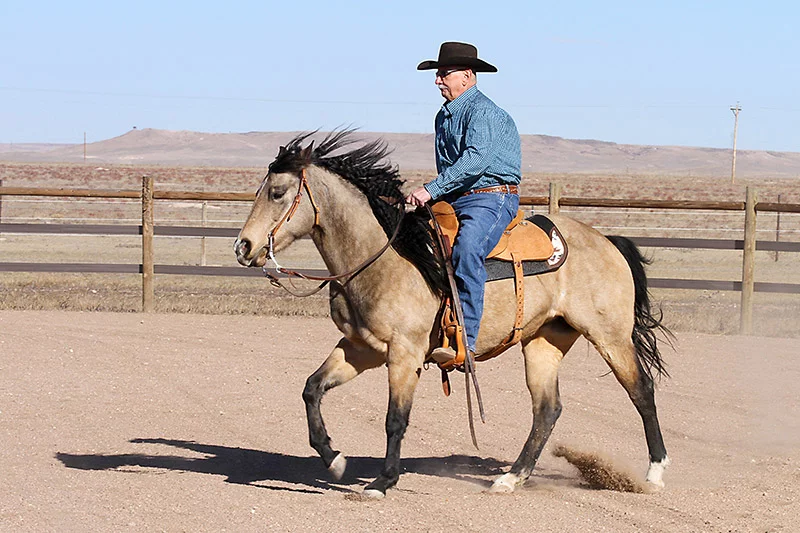
Most patients have similar goals after a hospital stay or operation: recover, rehab and then get back on the proverbial horse again.
It was no different for Bob Percival, except his horse was actually waiting for him: in the barn on his property in northern Colorado.
“If you just want to sit on a horse and let them walk up and down a trail, that’s fairly easy. But if you are using a horse at speed, that takes energy,” he said.
Energy was one component missing from Bob’s “get-up-and-go.” He suffers from chronic obstructive pulmonary disease (COPD), a type of emphysema. COPD is an umbrella term for people with lung diseases who find it difficult to breathe and for whom there are no cures. The best patients can do is to manage their afflictions.
But now there is hope and better breathing for people like Bob thanks to a novel, increasingly popular procedure called endobronchial valve therapy, or EBV.

EBV uses one-way valves to expel trapped air from the lungs. For Bob, who had six of these valves placed in his left lung in December 2023, he felt better almost immediately.
“The first time I went to blow my nose, I could actually move some of the air through my nose,” he said and laughed. “I could walk around and not get short of breath.”
An engineer who works in Cheyenne, Bob enjoys riding with his wife of 42 years, Lynda. They love riding their three American Quarter Horses on their 35 acres near Carr, Colorado. But in the years before the EBV procedure, Bob was often out of breath and had trouble walking up hills and riding his horse competitively in the ring.
“My ability to do things had been severely diminished. The new valves helped quite a bit, and I was able to get back on my horse and show and compete. I didn’t think I was ever going to be able to do that.”
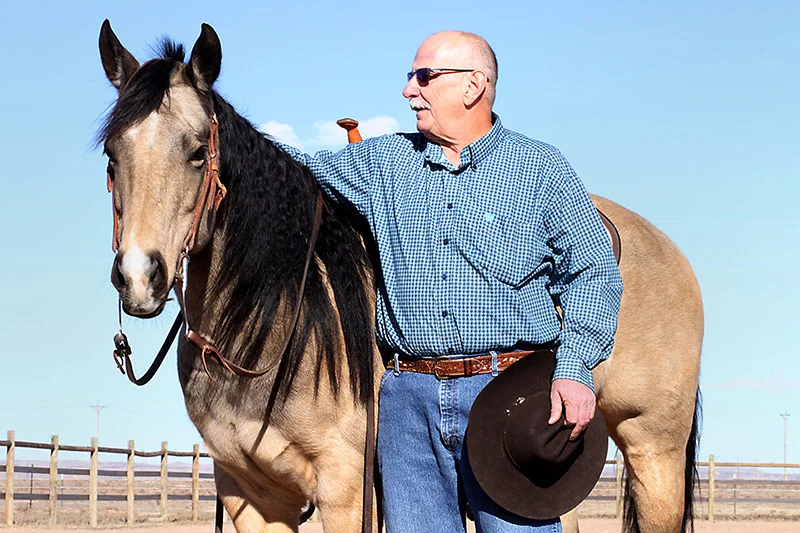
Years of smoking permanently damaged Bob’s lungs
Bob, 66, began smoking at 15, and although he quit nearly 20 years ago, the damage to his lungs had been done.
Emphysema, a specific type of COPD, is a chronic and progressive disease in which the air sacs in the lungs are damaged. These tiny air sacs, also called alveoli, sit at the end of the bronchioles (or air tubes) in the lungs. They serve a crucial function as they expand with oxygen when a person inhales and shrink when the body exhales carbon dioxide.
While healthy alveoli look like tiny sponges, diseased ones develop small holes between one another where inhaled air becomes trapped, making it difficult for people to exhale.
After years of suffering from COPD, Bob was referred to the pulmonology clinic at UCHealth Harmony Campus in Fort Collins. His doctors thought he would be a good candidate because he was active despite his affliction, and he was committed to a future that included activity and exercise.
According to Dr. Kirk DePriest, Bob’s pulmonologist at the Harmony campus, EBV can improve a patient’s quality of life and longevity.
“EBV plus some form of pulmonary rehab can be very beneficial for people like Bob,” he said.
To be eligible for the program, patients undergo a variety of pre- and post-tests, as well as a patient having:
- Confirmed COPD or emphysema diagnosis.
- Quit smoking.
- Willingness to participate in pulmonary rehabilitation.
- Shortness of breath despite using inhalers.
- Certain tests that detail pulmonary functions.
Most patients are former smokers like Bob, though some may suffer from second-hand smoke or have a genetic disease called Alpha-1 antitrypsin, an inherited disorder that causes lung disease.
“Patients who undergo the procedure have to be committed and motivated,” said Bob’s UCHealth physician assistant Annika Kostrubala, who works at the Harmony campus. “We look at the whole picture.”
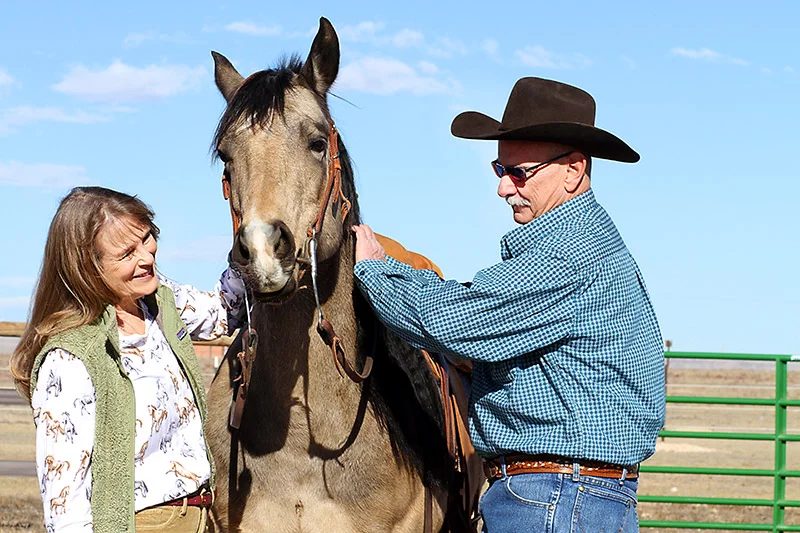
She said most people take for granted something as basic as being able to breathe without difficulty. But for patients with COPD, it can feel like drowning in air and not water.
“It can be very scary. For Bob, he was having a really hard time breathing, and he said, ‘All I want to do is run my horse in a pattern again.’ I’m a horse person too, and that really hit hard. I understand wanting to be there with your animal. But at that point, he couldn’t even put on a saddle and ride.”
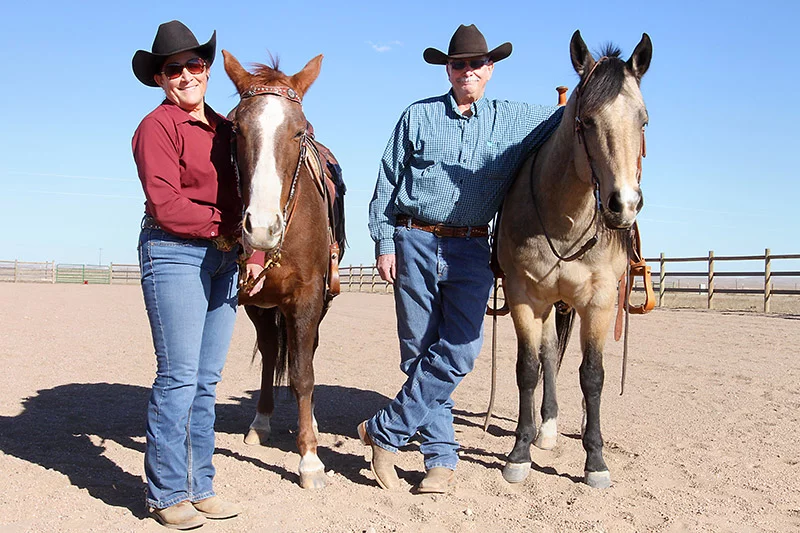
What happens during EBV?
The EBV procedure is reversible, and it does not preclude a patient from having a lung transplant later down the road, doctors said.
During the procedure, a patient is put under general anesthesia for about 30 to 45 minutes, and tiny valves are deployed into their diseased lungs through a bronchoscopy, which is a small, flexible tube with an attached camera. There are no cuts or incisions, and patients typically get between two and six valves installed.
The valves work by allowing trapped air to escape and preventing new air from entering the diseased lobe. In essence, this shuts down the lobe, taking it out of play so healthier portions of the lung take over, function better and become stronger. The result helps patients breathe easier and have less shortness of breath.
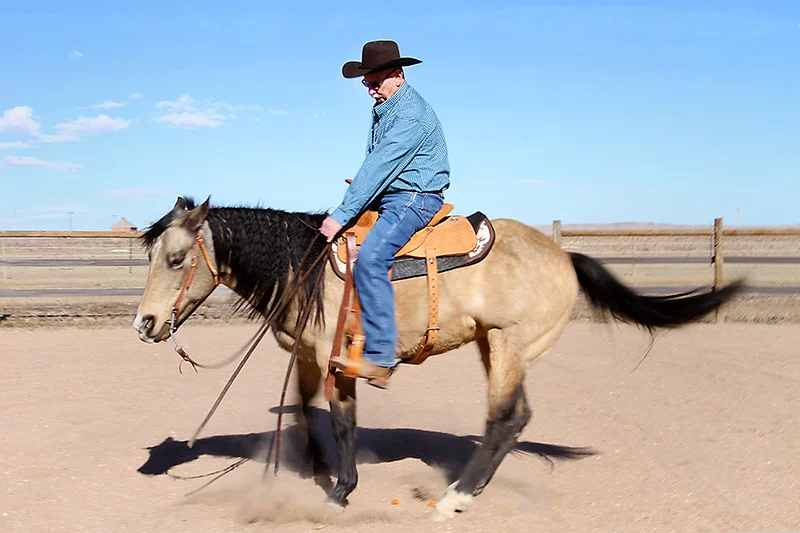
Patients stay in the hospital for four nights; one reason being so the pulmonary care team can treat the 30% of patients who experience a collapsed lung. Once discharged, patients are monitored every three months for the first year.
Most patients undergoing EBV see an improvement in their breathing immediately; others experience it over time. It can take up to three months to notice a difference because it takes the body that long to equilibrate with the valves.
Perhaps just as important, they feel better doing the activities they enjoy, doctors say.
The brainchild of EBV grew out of the surgical world as an easier and less drastic option than lung volume reduction surgery, which is more difficult and irreversible.
“While lung surgery is still being done, EBV has now become the major go-to for patients like Bob,” DePriest said. “There’s nothing else out there that provides as impressive results for improving quality of life for patients with emphysema without toxic drugs or major surgery.”
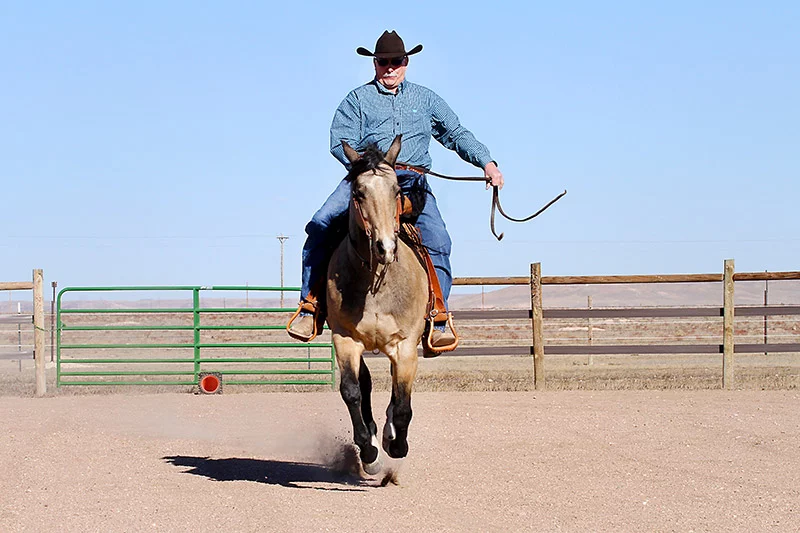
A life-changing day as he gets new valves placed in his lung
Bob had his surgery in early December 2023 and called it “relatively painless.” He spent four days in the hospital recovering. He had no problems or side effects and said he felt better “pretty much immediately.”
“My wife and daughter visited me in the hospital, and they both noticed my color. I had a smoker’s gray face for many years, and it was gone.”
Bob’s wife, Lynda, agreed that the change in her husband was immediate.
“His color was remarkable. Before the procedure, he really did struggle, and he had to stop and catch his breath. Since then, he’s doing so much better and can go for longer periods of time before he needs to rest.”

Doctors stress that EBV is not a cure-all, as people with severe COPD have some degree of limitation for exercise and cardiovascular activity. They also need to maintain pulmonary therapy to maximize the valve replacement benefits.
“It’s about expectations,” DePriest said. “If someone is debating whether to get them, we spend time discussing the pros and cons – but most people who opt for it come back and say they feel so much better.”
When Bob returned to the hospital for a follow-up, Kostrubala barely recognized him.
“He looked like a different person. He showed me a video of him riding his horse in a pattern, and I started crying. I ask every patient what their goal is before the procedure: for some, it’s to watch their grandchildren, to hike, or to fish. For Bob, it was to get back on his horse. And he got that wish.”
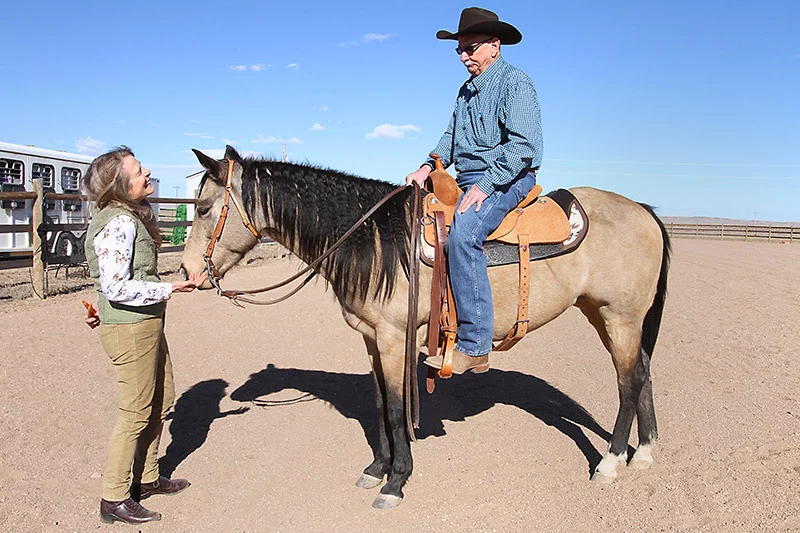
Back in the ring, back on his horse and back to a better life
In the past two years since the placement of his new lung valves, Bob is back to riding, showing his horses and managing his property.
Lately, he has noticed a dip in his endurance, along with more breathlessness, and he said he might explore whether getting valves in his other lung is a good option.
“I can tell that my left side is working better than the right, so I am going to ask about it,” he said.
He encourages others who might be thinking about the procedure to talk with their doctor and said they’ve got nothing to lose by asking and much to gain.
“I would say it was life changing for me. I have told people it extended my runway – there is no doubt about it.”
